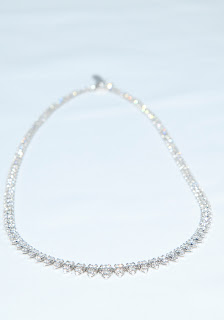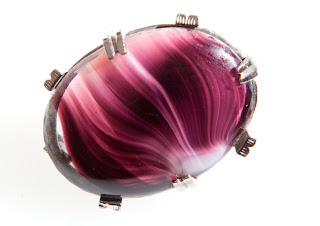There are several basic things to think about when avoiding problems with printing and should be carefully considered.
1 use suitable size of printer and inks to suit the project, whether owned or printed commercially. Make sure that for some printers the cartridges are in date.
2 Use sufficient pixels (for digital printing) for the image requirement.
3 Locate a printer in a dust-free enviroment as much as possible. NB I was advised at my professional studio visit that they do not do picture framing on the premises due to the dust created ( see my seperate blog for images etc)
4 Do regularly maintain the printer/s eg check the nozzles are clear, clean the heads, perhaps once a month, as they do get clogged up, or when changing cartridges. Ensure the print heads are aligned and a routine is set in place to regularly check this.
5 Ensure that the correct inks are used for the type of image being produced. Keep a check on ink levels, as you do not want 1 colour to run out half way through a print. Special inks are required for archival use for instance.
6 Handle all items with care and with clean hands.
7 Store paper and inks at the right temperature and to manufactures recommendations.
8 Ensure the monitor, printer and paper are correctly calibrated to each other.
9 Before printing check that the printer is working, and the parameters of your print are correct to save errors, waste, eg portrait/landscape, print size. paper size.
10 Adhering to basic practice should save time and money in the printing process.
11 For longevity you need to purchase, and have printed, the best quality paper you can, and should match the make of printer that is being used as the manufacturer has done the engineering to provide the best possible print.
12 Let the prints dry, be very careful when hadling the print straight out of the printer.
There are however problems with printing and in a perfect world there should not be any. But there are, and even sending them away for printing is not perfect, as you have to match the outputs. Plus, due to the cost of having your own printer A3 for example, it becomes expensive.. Unless you are operating as a professional business then it is cheaper to send them away. but you still have to ensure that your monitor, printer and paper used is compatible.
Some common problems.
Prints are lighter than expected, have white spots or horizontal lines - These are signs of a clogged head, and shopuld be cleaned using the printers utility programme. Sometimes you may have to leave the printer overnight to let the ink soften, then try cleaning it again. One solution could be to turn the printer off at night on the printer. Some models have a capping device that protects the nozzles. Sometimes you may have to run a test print prior to your print run saves ink in the long run.
Vertical lines are jagged - this is an indication that the print head is out of alignment. run the printers utilty to check this and correct.
Colours are missing, prints lack shadows and contrast-Colours can begin to print inconsistantly even before the printer tells you to replace the cartridge. try replacing them, this amy improve the colour quality. It could also be down to a clogged nozzle, so cleaning of the print head will be required. If the print lacks shadows and contrast the black ink may be at fault. Colour quality can sometimes suffer if not used for a while, in particular, 6 months. trty swapping with a new cartridge if cleaning has not solved the problem. Check to see if you have loaded the inks in the right slots!!
Prints are blurry-The paper may be damp, very old or loaded the wrong way round. Try using different settings. These can be found in the print menu.
Prints are grainy-if all checks and cleaning have been done, then try switching to a higher quality setting, or to the manufacturers paper if using another brand. High quality paper and manufacturers inks give fewer problems.
Prints have tiny puddles of ink - referred to as puddling, this can occur if the wrong paper settings are selected, or used with incorrect paper, not designed for the printer. Occurs especially on glossy paper, so use the manufacturers paper. to address the problem open the print dialog box, switch to the print settings and verify the correct paper stock is selected.
Prints have bands of heavy ink -
this is due to too higher a print resolution, especially on uncoated or art papers, as this causes the printer to use too much ink. Most printers don't let you select a resolution, so try alower print quality.
Black and White images have a colour tint- colour should be turned on when printing black and white as this will give smoother graduations and richer tones. many printers havce difficulty producing neutral grayscale images. wait until the print drys, even overnight. if not then try altering the colour balance in the printers colour management settings, if possible. Experimentation may be required.
Images are darker or lighter than expected- the first thing to do is to calibrate the monitor. if still a problem check the Gamma settings(which control the brightness of on-screen images) in the printer driver matches the one you used to calibrate your monitor. Because the way papers absorb ink, dark shades of grey may appear as solid black when printed. the print iamge may have to be adjusted to solve this.
Colour/tonal balance- the print is reflective and the screen is emmisive, therefore the print will be subtlely different to that on the screen. This is where the calibration methods come to the fore, along with the various elements you can use eg white balance, exposure.




















































